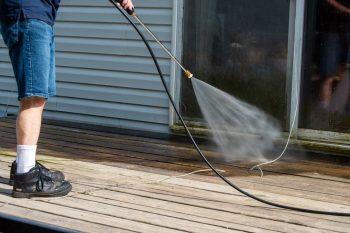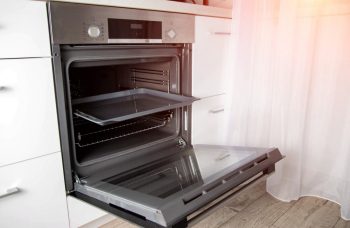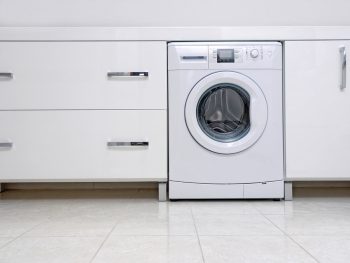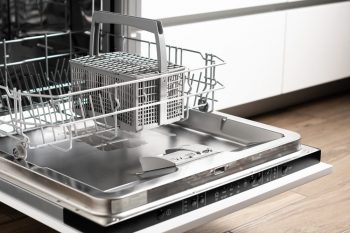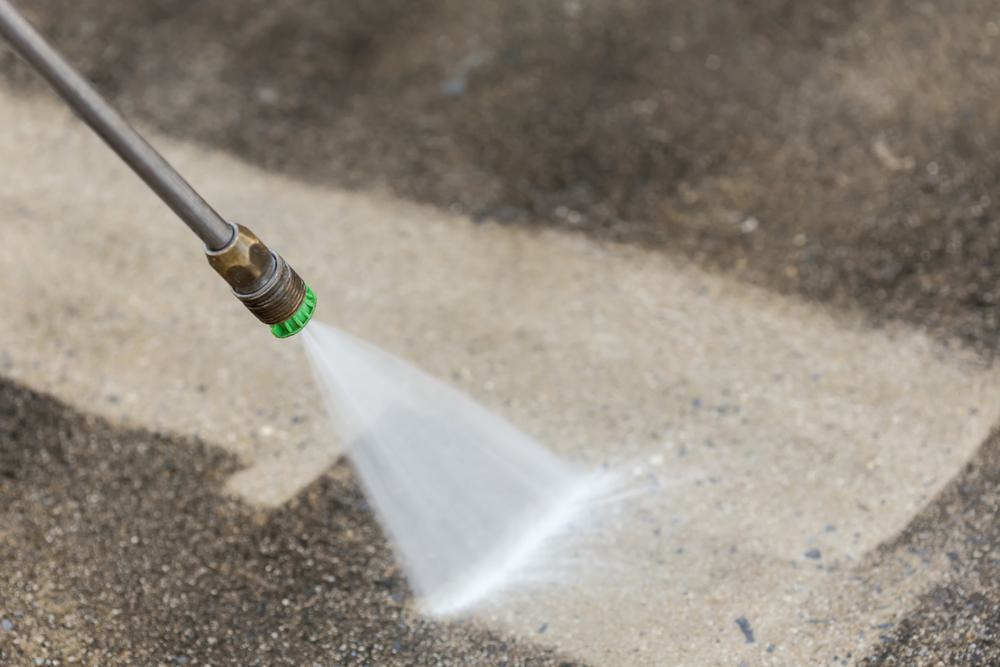
Starting a Simpson Pressure Washer may seem like a daunting task, especially if you’re new to the world of high-powered cleaning tools. However, with a clear understanding of the process, and by following a few simple steps, you can easily operate this machinery. This comprehensive guide will provide you with a step-by-step walkthrough of how to start your Simpson Pressure Washer, along with some helpful tips and examples for a smooth and safe operation.
To start a Simpson Pressure Washer, first set it up on a flat surface and connect it to a water supply. Add oil and ensure the fuel valve is open. Connect the high-pressure hose and gun, select the correct nozzle for your task, and then start the engine. Always check the engine oil level and use cold water only. Release air from the system by depressing the trigger until a steady stream of water is present. Follow the engine manufacturer’s instructions to start the engine, which may involve turning on the fuel valve, setting the choke, and pulling the starter cord.
Initial Setup
Before you even think about starting the pressure washer, you need to set it up correctly. Start by placing the pressure washer on a flat surface. Check the water strainer to ensure it’s in place and free of debris. Connect a garden hose to the washer and the other end to your water supply.
Next, add the oil provided and check the oil level prior to each use. For gas-powered washers, ensure the fuel valve is in the open position. Move the choke to the left (the open position) and the throttle to the left or the full throttle position. Finally, turn the engine switch to the “ON” position.
Connecting the Water Supply
Connecting the water supply to your pressure washer is a crucial step. Attach one end of the garden hose to your water source, such as an outdoor faucet or water tank. Make sure the connection is tight to prevent leaks. Locate the water inlet on your pressure washer and thread a coupler attachment onto the other end of the garden hose. Insert the garden hose with the coupler attachment into the water inlet on the pressure washer and tighten it. Make sure all connections are secure and tight. Once done, turn on the water faucet to supply water to the pressure washer.
Attaching the Pressure Hose and Gun
The next step is to connect the high-pressure hose and gun to your pressure washer. Connect the high-pressure hose to the pressure washer pump’s outlet and attach the trigger gun to the other end of the high-pressure hose. Ensure all connections are secure and properly tightened. Connect the extension lance (or wand) to the spray gun and twist it to lock it in place.
Selecting the Correct Nozzle
Choosing the correct nozzle for your cleaning task is important. Nozzles come in various types such as 0-degree, 15-degree, 25-degree, 40-degree, and soap nozzles, each with specific applications and spray patterns. For example, a 0-degree nozzle produces a highly concentrated jet of water, ideal for removing tough stains and paint, while a 25-degree nozzle provides a wider spray pattern suitable for general cleaning tasks.
Starting the Engine
Lastly, start the engine. Make sure the pressure washer is on a flat surface. Check the engine oil level and add oil if necessary. Connect a garden hose to the washer and the other end to your water supply. Turn the water faucet completely on. Use cold water only. Release air from the system by depressing the trigger until a steady stream of water is present (approximately 30 seconds). Follow the engine manufacturer’s instructions to start the engine. This may involve turning on the fuel valve, setting the choke, and pulling the starter cord.
Common Issues and Resolutions
Even with the best preparations, you might encounter some issues when starting a Simpson Pressure Washer. Here are some common problems and their solutions:
- Engine won’t start: Check the fuel level and ensure there is enough fuel in the tank. If the tank is empty, fill it with fresh gasoline. Inspect the spark plug for signs of wear and tear or damage. Replace the spark plug if necessary.
- Low water pressure: Check the inlet water filter and clean or replace it if it’s clogged. Ensure the water supply is adequate, with at least 5 gallons per minute (GPM) at a pressure of 20 pounds per square inch (PSI). Inspect the nozzle for wear or incorrect sizing. Replace any worn or broken nozzles.
Maintaining Your Simpson Pressure Washer
To ensure your Simpson Pressure Washer functions optimally and lasts a long time, regular maintenance is key. Check and clean the inlet water filter regularly, ensure your water supply provides at least 5 gallons per minute (GPM) at a pressure of 20 pounds per square inch (PSI), replace worn or broken nozzles, and turn off the motor or engine if you won’t be using the pressure washer for more than two minutes to avoid overheating the pump.
In conclusion, starting a Simpson Pressure Washer involves a series of steps from initial setup, connecting the water supply, attaching the pressure hose and gun, selecting the correct nozzle, and starting the engine. By following these steps, you should be able to start and operate your Simpson Pressure Washer effectively. Always remember to read and follow the manufacturer’s guidelines and safety precautions when operating a pressure washer.
Frequently Asked Questions
Can I use hot water with my Simpson Pressure Washer?
No, you should only use cold water with your Simpson Pressure Washer. Using hot water can damage the pump.
How often should I change the oil in my Simpson Pressure Washer?
It’s recommended to change the oil in your Simpson Pressure Washer after the first 5 hours of use, and then every 50 hours of use or at least once per season.
Can I use any type of detergent with my Simpson Pressure Washer?
You should only use detergents that are specifically designed for pressure washers. Other types of soap or detergent may damage the pump.
What should I do if my Simpson Pressure Washer is vibrating excessively?
Excessive vibration can be a sign of an unbalanced load. Make sure the pressure washer is on a flat and level surface. If the problem persists, contact a professional for inspection and repair.
How can I prevent the pressure washer from overheating?
To prevent overheating, avoid running the pressure washer for more than two minutes without releasing the trigger. This allows cool water to circulate and helps to keep the pump cool.






